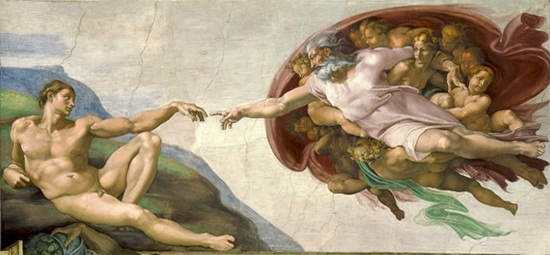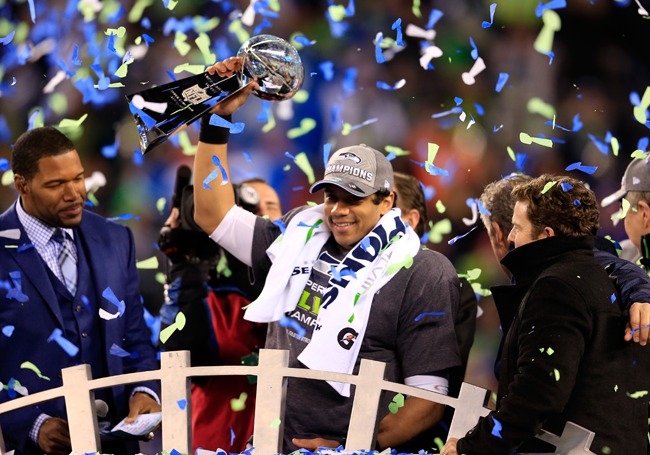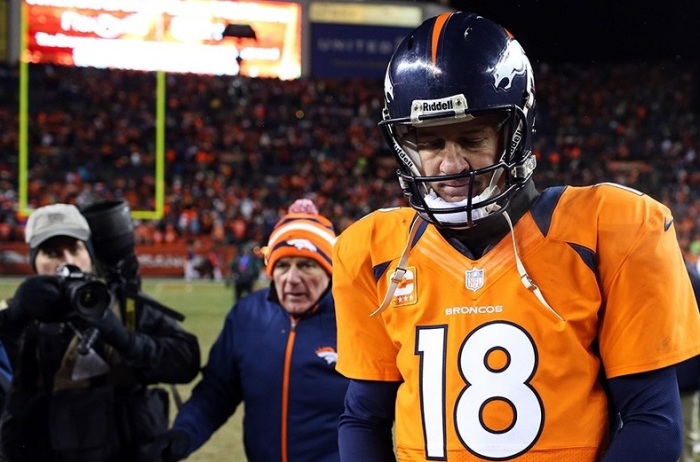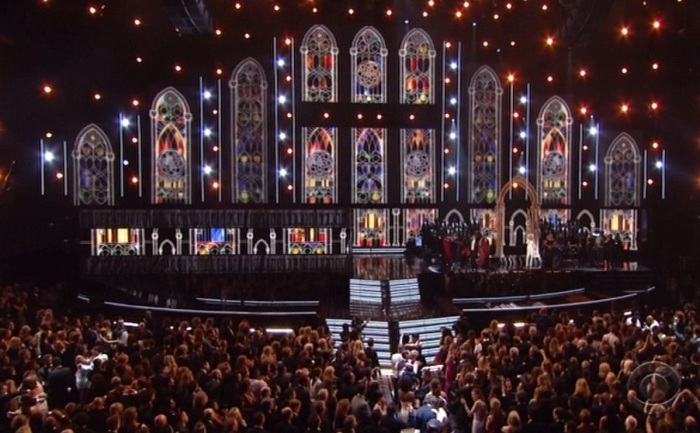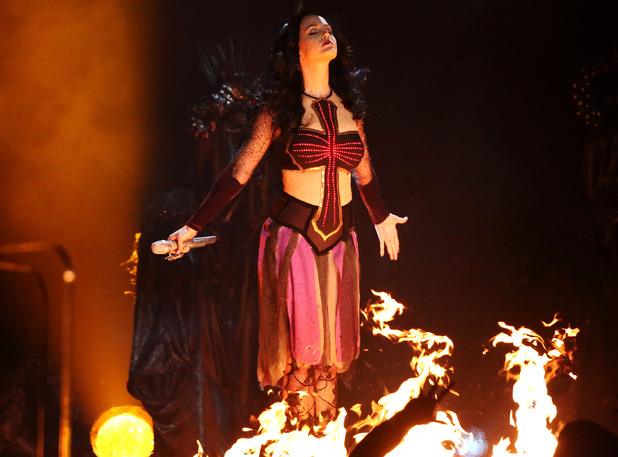Archive for the ‘Worship’ Category
What Racism, Human Trafficking, and Abortion All Have in Common
Racism, human trafficking, and abortion all share a common source to their evil – the fundamental denial of human dignity – more specifically the creator endowed dignity of being made in the image of God. This is unilaterally accomplished by carving out groups of people (by ethnicity, gender, vulnerability, or age) who are classified as sub-human and therefore not treated as equal human beings.
Racism
Racism denies the image of God in a particular ethnicity, people group, or tribal affiliation. It seeks to make the persons of such groups or affiliations lesser than your group or affiliation. In doing so it assails the inherent worth endowed by God. There are several idols at work in racism – power, control, pride, and ironically likely both self-love and self-hatred.
Human Trafficking
Human trafficking denies the image of God in humanity by treating certain humans as not being human at all, but rather property. All sense of dignity and worth must be deconstructed in order to justify the human as property. There are several idols at work in human trafficking, most notably, greed, power, control, and lust.
Abortion
Abortion denies the image of God in those of a certain size, age, gestation, or relative level of “wantedness.” The human is made to be sub-human because it is small, young, not yet viable, and has not travelled the magical 6″ journey down the birth canal that suddenly and mysteriously imbues it with life, human rights, and legal status. Their are several idols at work here, most notably, lust, selfishness, comfort, and escape.
While perhaps difficult to personally engage heavily on all three fronts, I find it ironic that my own age demographic seem inclined to care about the first 2 of these 3 and not the third. I don’t know if this is for reasons of ignorance, idolatry, apathy, or all of the above. It will be interesting how history plays itself out on this particular issue… but I am willing to wager that our grand children will think of abortion with a similar disdain that our generation holds toward the Holocaust.
The Banality of Evil and Our Cultural Morass
I hope we would see ourselves as being more dignified than to cut up our children for the pursuit of the ideal body, the next ladder rung of the career, or the perfect orgasm. I hope we would see ourselves as being more dignified than to allow persons to be treated as property for sex or for unpaid work for the pursuit of cheaper goods, uncommitted and intimacy-less sex (rape). I hope we would see ourselves as being more dignified than to allow other ethnicities to be treated as less worthwhile, less valuable, and sub-human for the pursuit of feeling good about one’s own tribe at the expense of another tribe.
There is a certain banality to evil that lulls us into going along and getting along. It was the same banality that anesthetized the very bright German people into the wholesale slaughter of persons categorized as sub-human.
What we want is what we worship and what we worship controls us. This is true if we are pagans, atheists, agnostics, or Christians. We are all slaves to our wants. Those wants drive our ideas… And ideas have consequences… Often dire ones.
What the heart loves, the will chooses, the mind justifies – Thomas Cranmer
Secular Worship Services, Part One: The Grammys
The longer I live the more convinced I become that all of life is worship. The only thing that changes is the object or subject of our affection. With such a view in mind, you begin to see liturgies emerge in common cultural forms. Liturgy is just a fancy theological term for a customary worship service. This post is the first of a series of posts examining several common secular worship services in America. Later posts will examine the Superbowl, the Oscars, Disney, and college football.
I caught the lion share of the 2014 Grammy’s after the fact, hence the tardiness of this post. I’ve never been super big on all the hype, pomp, and patting on the back – not to mention the huge amounts of filler, commercials, and non-musical content. What was particularly interesting was the sharp focus of the Grammy liturgy. The whole show was bizarre, raunchy, and exactly what you would expect as a liturgy of the secular decline of the West. Pop culture in particular has embodied the descent of Western civilization back into a season of sensate culture. The liturgy roughly follows something of Western Christian worship service:
Welcome
LL Cool J rehashes more or less the same speech he gave last year about how music unites humanity.
Call to Worship
Beyonce – Drunk in Love. Visuals are inappropriate for print here. Suffice to say that it is an ode to drunken fornication. Beyonce’s visuals matched the raunch of the lyrical content. More of the same Cold War sexual arms race for Western attention.
Worship in Song
Katy Perry – Dark Horse. This performance was equal parts Illuminati (cue the conspiracy theorists) and witchcraft. It featured more of the same attempts to distance herself from her evangelical upbringing by summoning disparate and cliche ridden neo-pagan mixed metaphors.
Sermon/Homily/Sacrament
Macklemore, Ryan Lewis, and Madonna – Same Love. The sermon came from Queen Latifah. The concert hall is visually transformed into something like a cathedral and a kind of wedding ceremony ensues. We are invited to take part in the sacrament of the 33 heterosexual and homosexual couples as they exchange their wedding vows. You can watch it here:
Benediction
Nine Inch Nails – Copy of a. This final performance was drenched with irony from Trent Reznor. The lyrics heavily resound with a scathing critique of our sensate culture and reverberate with echoes of Ecclesiastes:
I am just a copy of a copy of a copy
Everything I say has come before
Assembled into something into something into something I am never certain anymore
I am just a shadow of a shadow of a shadow
Always trying to catch up with myself
I am just an echo of an echo of an echo
Listening to someone’s cry for help
There is nothing new under the sun…
Check back for the next in the series.
